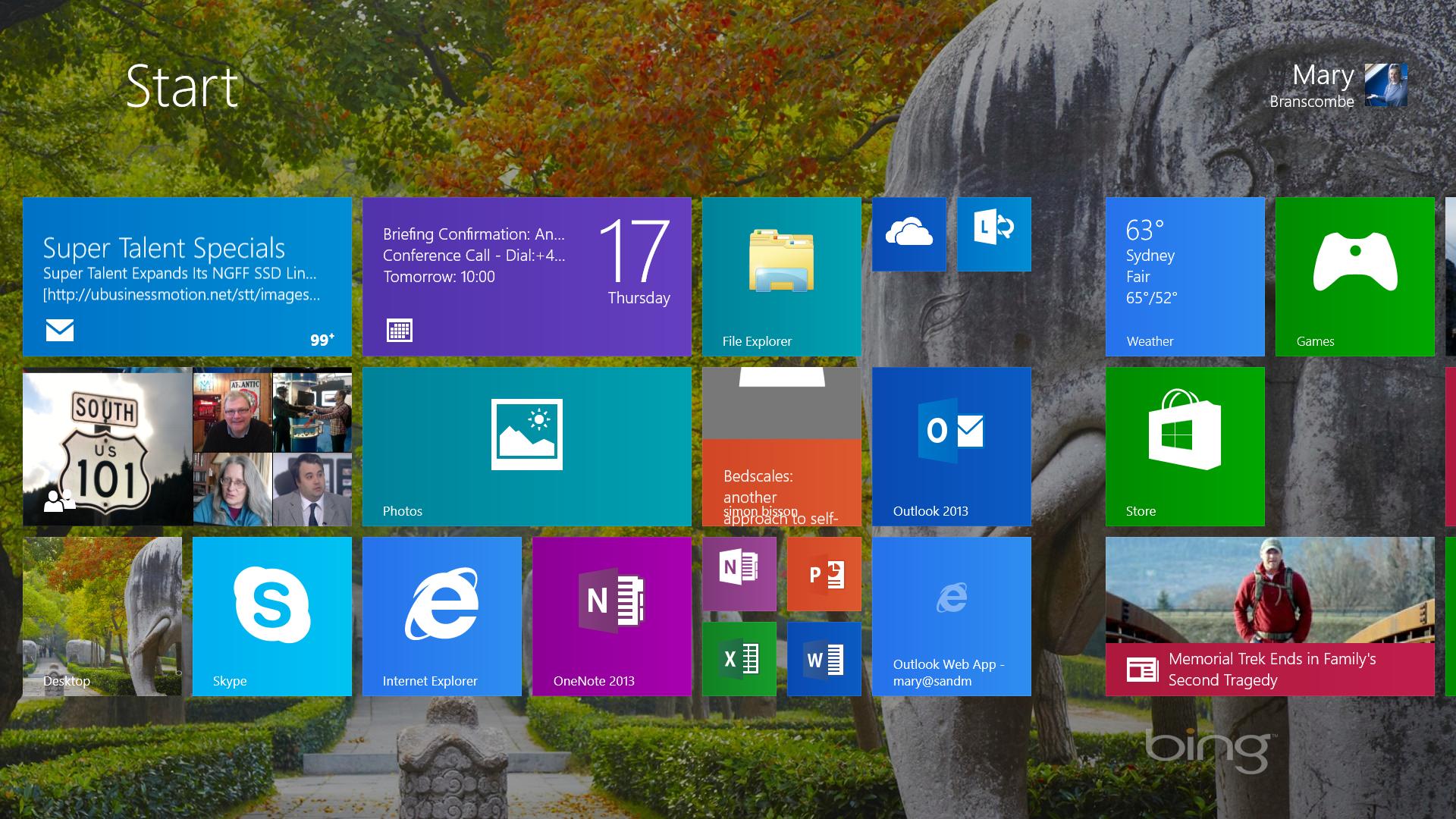Why you can trust TechRadar
During the company's Build 2014 conference in San Francisco in April 2014, Microsoft announced and released a free update to Windows 8.1 known simply as Update 1. The refresh introduces gobs of new features, from slapping the Windows 8 taskbar on Modern UI (and better mouse support therein) to the option to boot to the desktop and much more.
This series of updates and tweaks is almost entirely geared at desktop Windows users, and rightfully so. Many users' issues with Windows 8 have largely rested in how much it ignores that experience in favor of tablets and hybrid devices.
While tablet users aren't directly served through Windows 8.1 Update 1, there are a few subtle improvements for those users. What matters here, though, is that the OG Microsoft customer – so to speak – is being treated with the dedication he or she deserves.
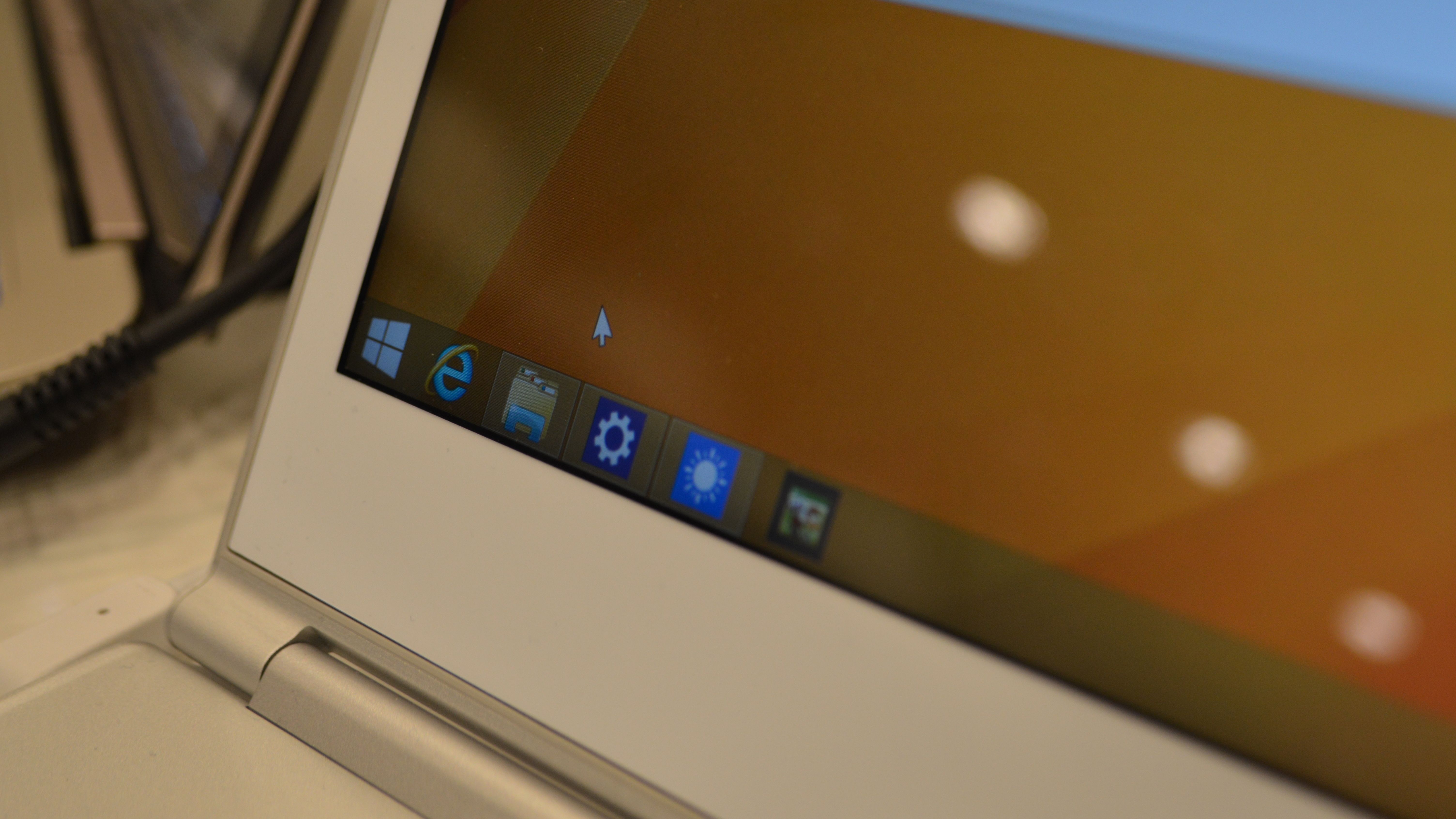
Update 1 takes Windows 8.1 to task
The updated taskbar in this new version of Windows 8.1 doesn't appear much different than before. That's because it isn't all that different, really, at least in appearance. What's changed here is far more subtle.
For one, the taskbar will now appear across all Modern UI apps, but in a hidden state. To pull up the taskbar, now all you need to do is move your mouse to the bottom edge of the screen. Then, the same taskbar from Windows 8.1 desktop UI will rise and shine.
What else is interesting about the refreshed taskbar is now it will display both desktop and Modern UI apps together. Better yet, you can pin apps from both sides of Windows 8 to this new taskbar, making the transition between the two kinds of app layouts a bit more seamless.
Naturally, Microsoft now pins the Windows Store to the taskbar. The hope here is that the Store will gain some much needed visibility. Thankfully, you can unpin the Store just like any other app.
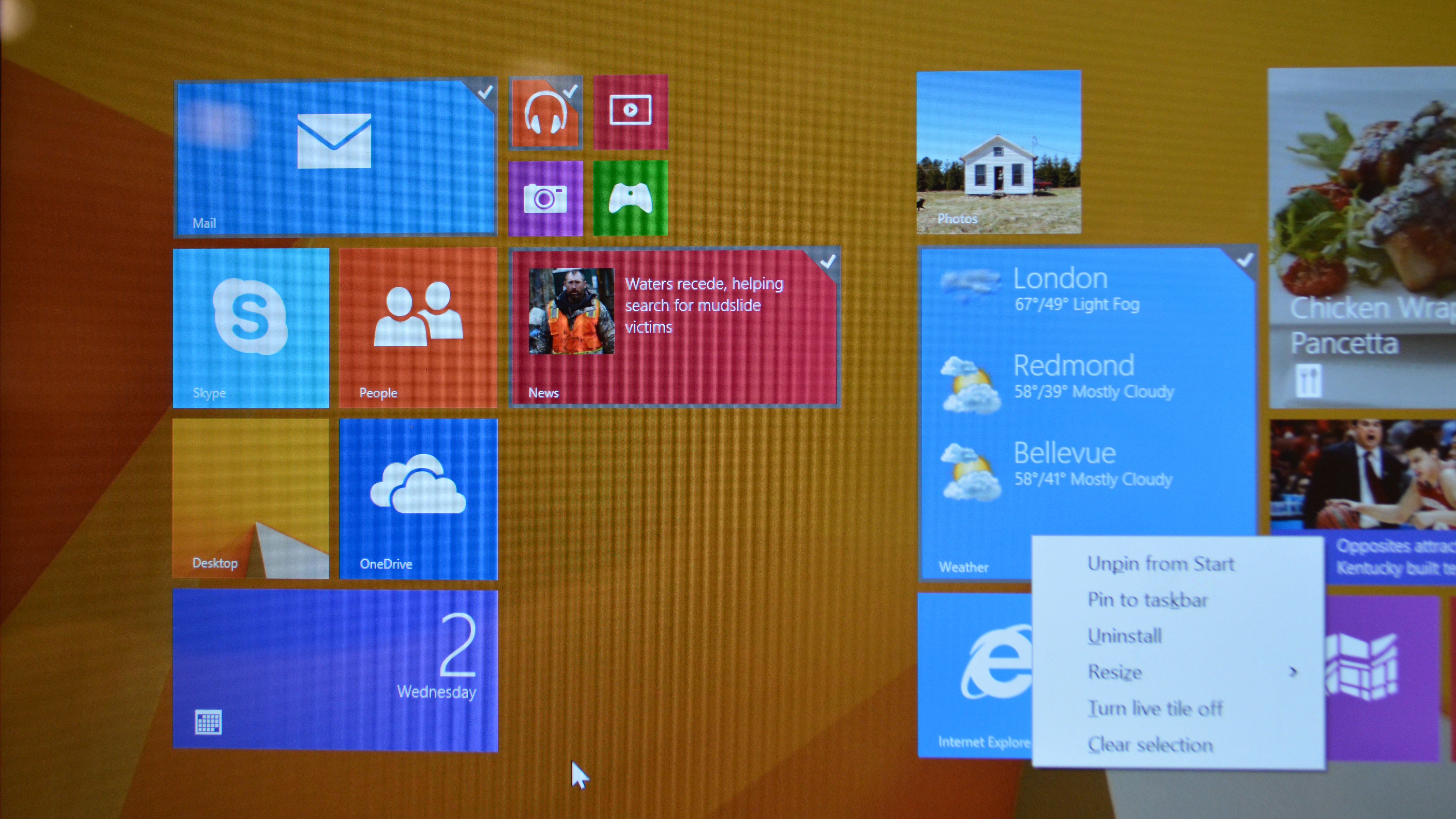
Microsoft makes room for the mouse
Finally, desktop users can better control Modern UI app layout and organization from the Windows 8 Start screen. Right-clicking any Live Tile will produce a contextual menu similar to that found through right-clicking anything in desktop mode.
This action produces options like unpinning apps from the screen, pinning them to the taskbar, resizing Tiles and even uninstalling apps entirely. ("That was easy," said the Staples button.) Pressing the Alt key and then right-clicking allows users to select multiple tiles for mass actions, too.
Of course, your mileage using this input method largely depends on the hardware you're stuck with – in short, it may vary. As TechRadar News Editor Michelle Fitzsimmons puts it, "this isn't so much the software's fault as it is a hardware issue, but it means folks using Update 1 on different machines may have vastly different experiences."
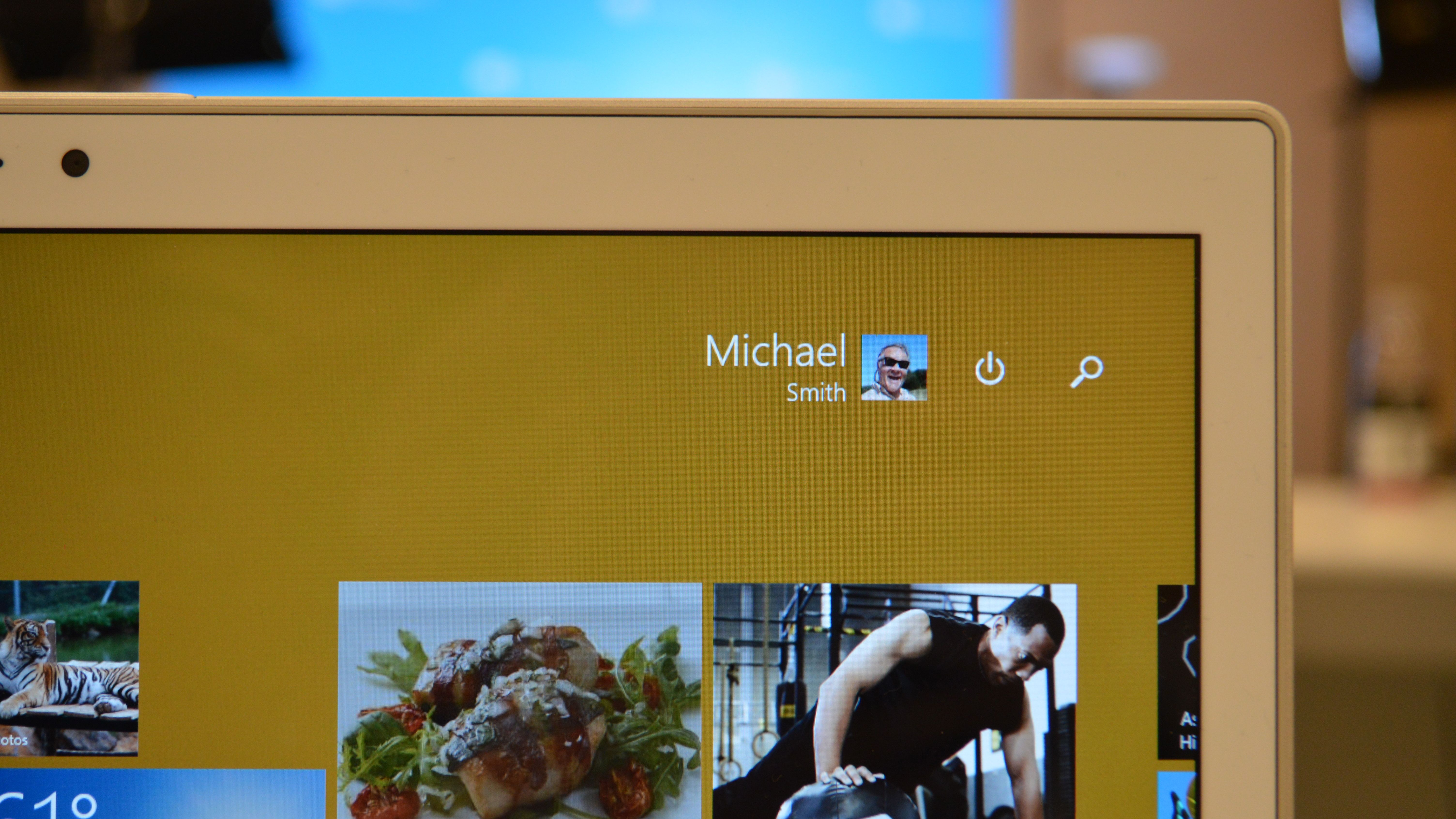
Bootstrapping the desktop
Again, finally: manufacturers now have the option to set Windows 8 devices to boot directly to the desktop interface. If vendors neglect to make a decision, then Windows 8.1 will now adhere to a set of rules, based on the device you're using, to decide whether it boots to desktop directly.
This will come as a much welcome change for desktop users, and should they not like it – which, let's face it, is highly unlikely – it's easily disabled. Plus, you can toggle this mode from within desktop mode, meaning you may never have to look at Modern UI again.
This is telling of Microsoft's eagerness to please its desktop users after arguably pulling a 180 of sorts on them with the release of Windows 8. With changes like these, it will be even more interesting to see how the company handles a post-Windows 8 era with the release of Windows 9.
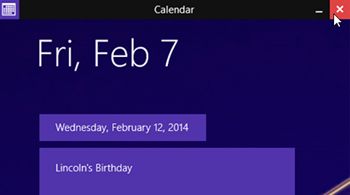
Best of the rest
The folks in Redmond made some more subtle changes with Windows 8.1 Update 1, like adding a power button and search charm in the upper right-hand corner of the Start screen. Being exclusive to desktop users, these two changes are simply to make access to these Windows features easier for mouse users. Sensing a pattern yet?
Better yet, all Modern UI applications, at least on desktop machines, come touting a new title bar that allows users to close or minimize the app. It disappears within a few seconds of launching an app, but is accessible in the same way that the auto-hiding taskbar is.
What it all means
Update 1 brings plenty of oft-requested changes and tweaks to Windows 8.1, making it a much more tolerable experience for desktop and laptop users without touchscreens. It stands to make Windows 8 users more productive, and that's important for home and business users alike.
This update brings back some of what desktop-bound Windows 8 users miss about Windows 7, and frankly, every iteration of the OS before it since Windows 95. Sure, there's plenty of work to be done here. But take solace in that Microsoft has recognized that it attempted to fix something that was never broken in the first place, and that Windows 8's wrongs can be made right again.
Contributed by Joe Osborne
Mary (Twitter, Google+, website) started her career at Future Publishing, saw the AOL meltdown first hand the first time around when she ran the AOL UK computing channel, and she's been a freelance tech writer for over a decade. She's used every version of Windows and Office released, and every smartphone too, but she's still looking for the perfect tablet. Yes, she really does have USB earrings.
